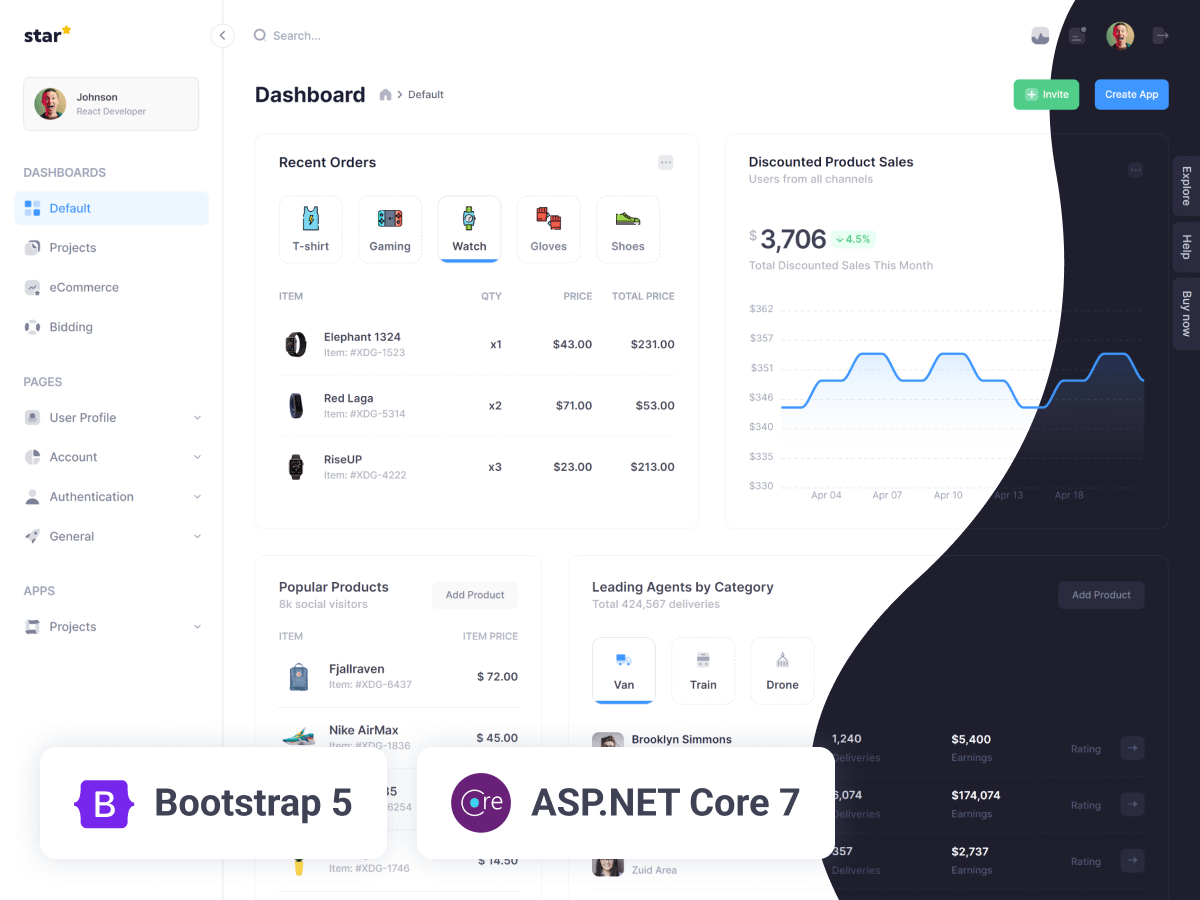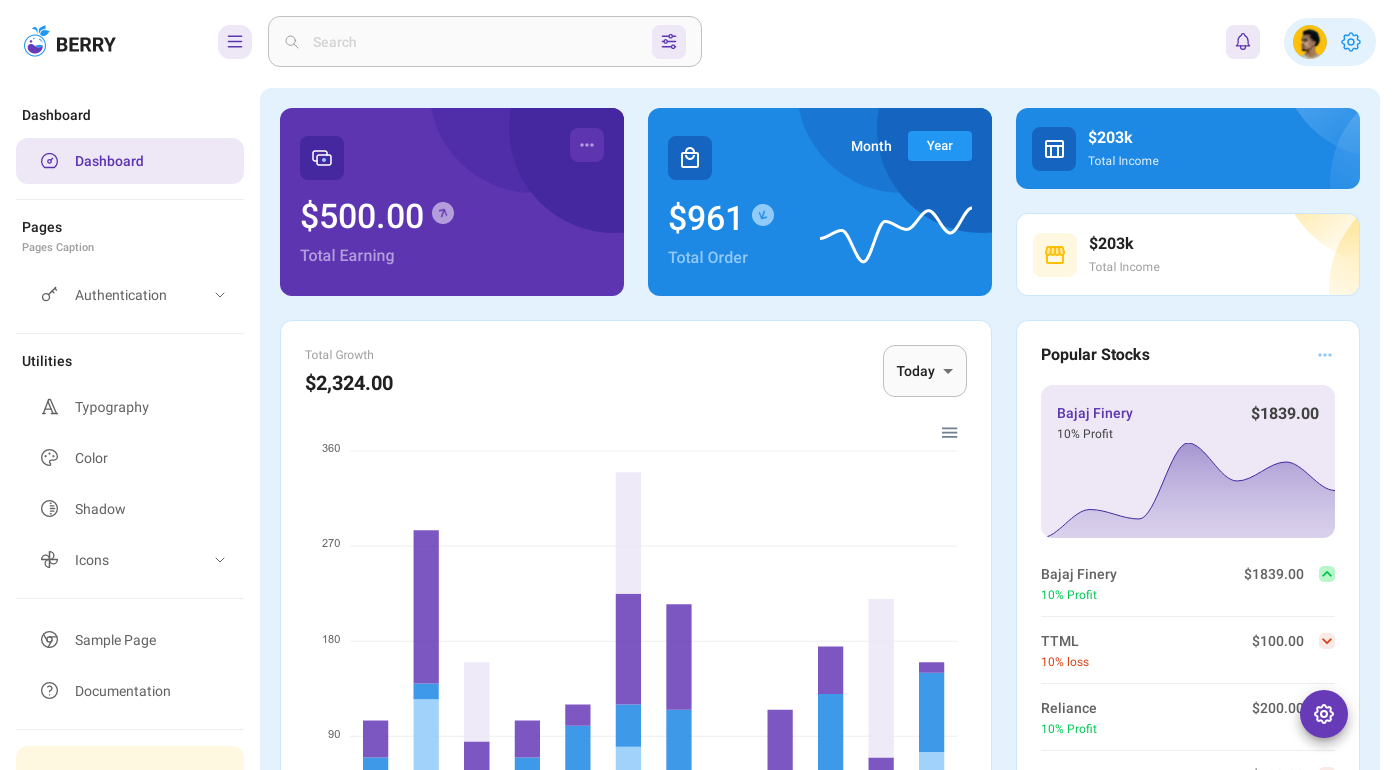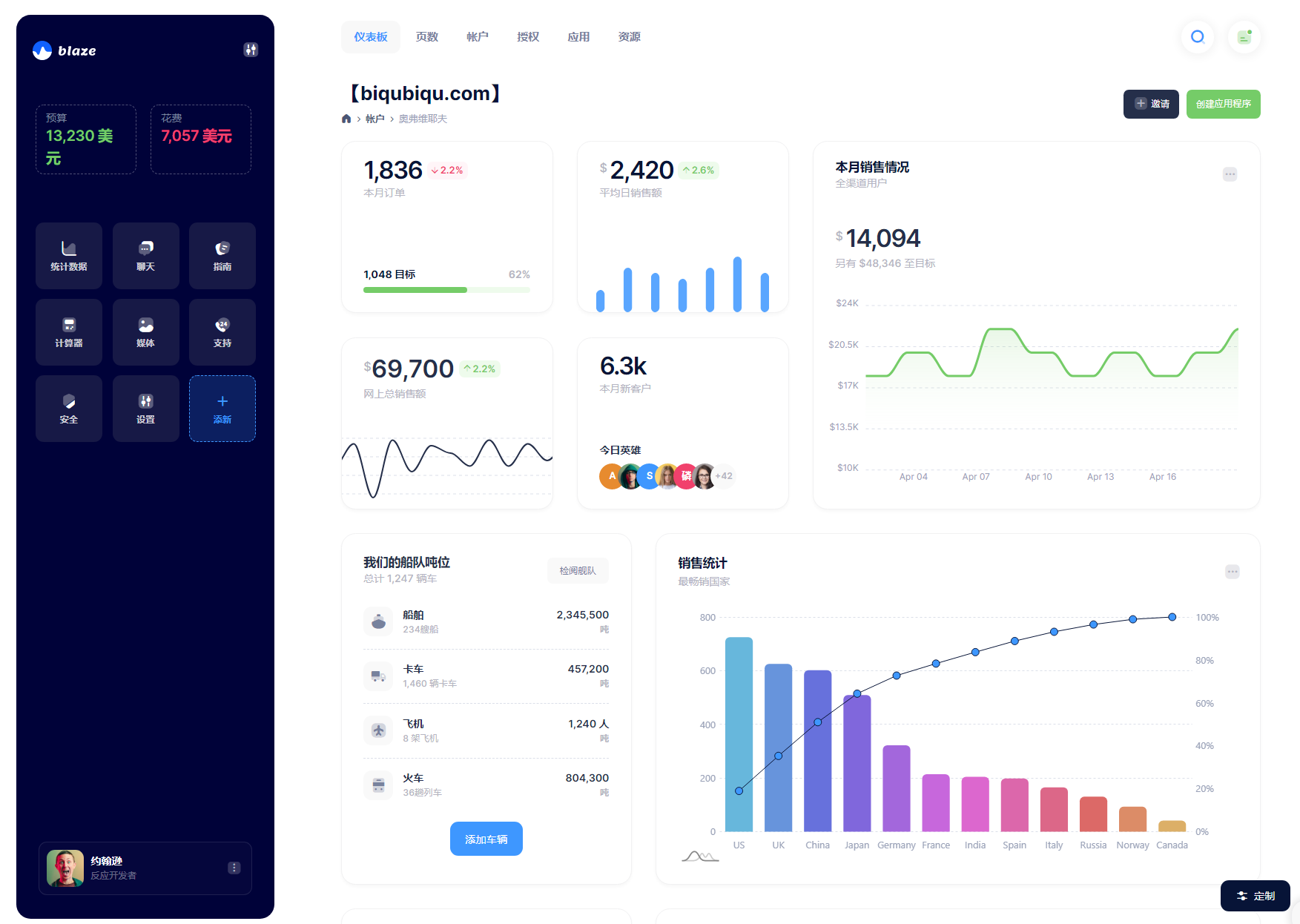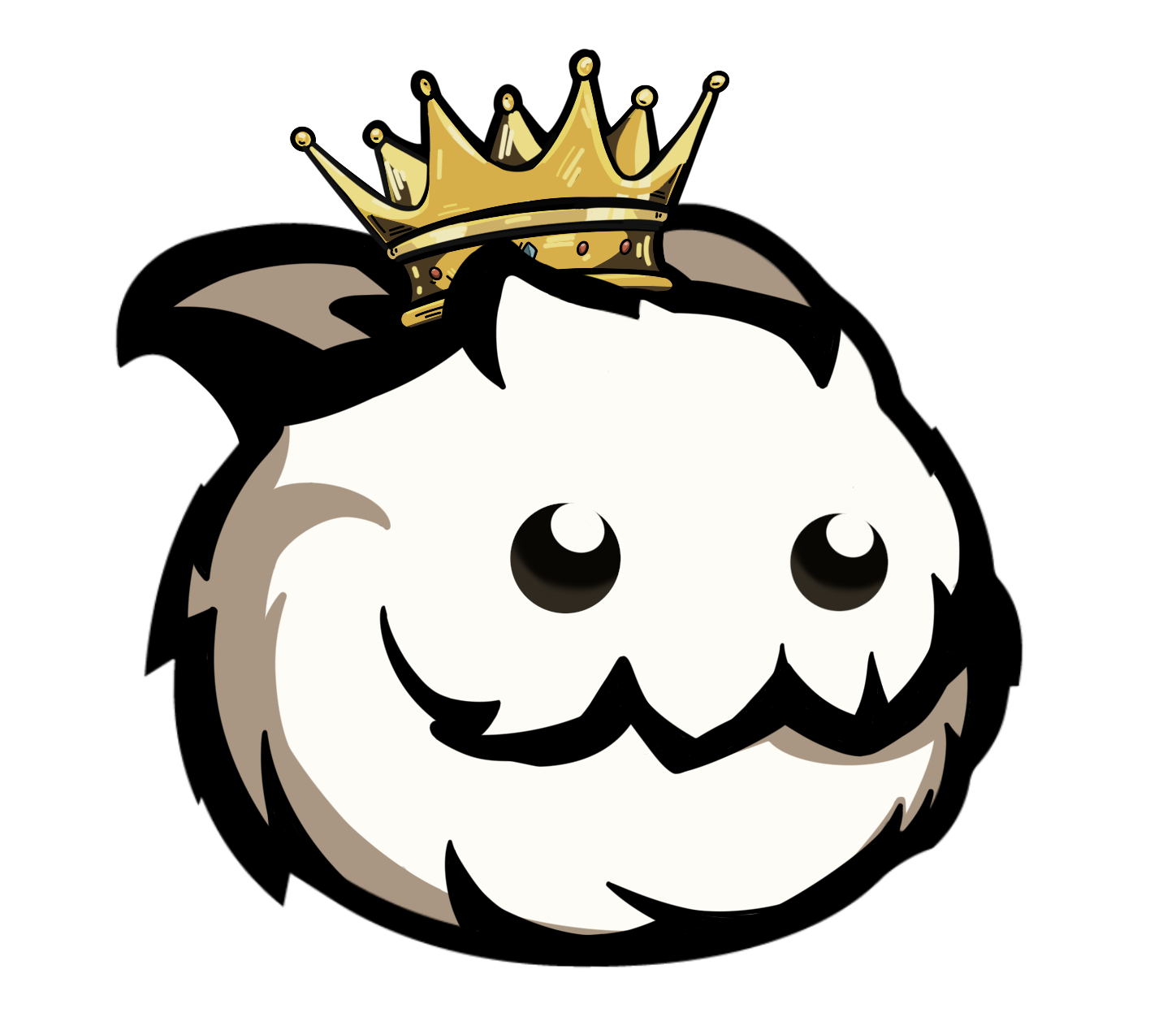凤凰娱乐,注册|The Role of Gamification in Engaging Millennial and Gen Z Audiences
The Role of Gamification in Engaging Millennial and Gen Z Audiences
Millennials and Gen Z audiences are known for their digital fluency and short attention spans. They have grown up with video games, social media, and constant access to information. Traditional marketing methods often fail to engage these audiences, who are more likely to tune out ads and ignore marketing messages.
Gamification is a powerful tool that can be used to engage Millennial and Gen Z audiences. Gamification involves the use of game mechanics and game design principles in non-game contexts. It can be used to make learning, work, and marketing more engaging and fun.
There are many different ways to use gamification to engage Millennial and Gen Z audiences. Some common examples include:
Points and rewards: Millennials and Gen Z audiences are often motivated by rewards. They like to know that they are making progress and that they are being rewarded for their efforts. Gamification can be used to create a points system or rewards program that encourages Millennial and Gen Z audiences to take desired actions, such as visiting a website, signing up for a newsletter, or making a purchase.
Challenges and competitions: Millennials and Gen Z audiences are also competitive. They like to challenge themselves and to compete against others. Gamification can be used to create challenges and competitions that encourage Millennial and Gen Z audiences to participate and to win.

Leaderboards and rankings: Millennials and Gen Z audiences are also driven by social comparison. They like to see how they stack up against others. Gamification can be used to create leaderboards and rankings that show Millennial and Gen Z audiences where they stand in relation to others.
Virtual worlds and avatars: Millennials and Gen Z audiences are also drawn to virtual worlds and avatars. They like to create their own characters and to explore virtual worlds. Gamification can be used to create virtual worlds and avatars that allow Millennial and Gen Z audiences to interact with each other and with the brand.
Gamification can be a powerful tool for engaging Millennial and Gen Z audiences. By using game mechanics and game design principles, marketers can create experiences that are fun, engaging, and motivating. This can lead to increased brand awareness, customer engagement, and sales.
Benefits of Gamification for Millennial and Gen Z Audiences
There are many benefits to using gamification to engage Millennial and Gen Z audiences. These benefits include:
Increased engagement: Gamification can help to increase engagement by making learning, work, and marketing more fun and interesting. Millennial and Gen Z audiences are more likely to pay attention to and interact with content that is gamified.
Improved motivation: Gamification can also help to improve motivation by providing Millennial and Gen Z audiences with clear goals and rewards. This can help to encourage them to take desired actions, such as visiting a website, signing up for a newsletter, or making a purchase.
Enhanced learning: Gamification can also be used to enhance learning by making it more interactive and engaging. Millennial and Gen Z audiences are more likely to remember information that they learn through gamification.

Increased brand awareness: Gamification can also help to increase brand awareness by creating positive associations with the brand. Millennial and Gen Z audiences who have positive experiences with gamified content are more likely to remember the brand and to associate it with positive emotions.
Higher sales: Gamification can also lead to higher sales by encouraging Millennial and Gen Z audiences to take desired actions, such as making a purchase. Gamified experiences can create a sense of urgency and excitement that can lead to increased sales.

Examples of Gamification in Action
There are many examples of gamification in action. Some of the most popular examples include:
Duolingo: Duolingo is a language learning app that uses gamification to make learning fun and engaging. Users can earn points and badges for completing lessons and quizzes, and they can also compete against other users on the leaderboard.
Khan Academy: Khan Academy is an online learning platform that uses gamification to make learning fun and engaging. Users can earn points and badges for completing lessons and quizzes, and they can also track their progress on the leaderboard.
Nike Run Club: Nike Run Club is a mobile app that uses gamification to encourage users to get active. Users can earn points and badges for completing runs, and they can also compete against other users on the leaderboard.
Starbucks Rewards: Starbucks Rewards is a loyalty program that uses gamification to encourage customers to make purchases. Customers can earn stars for every purchase they make, and they can redeem
